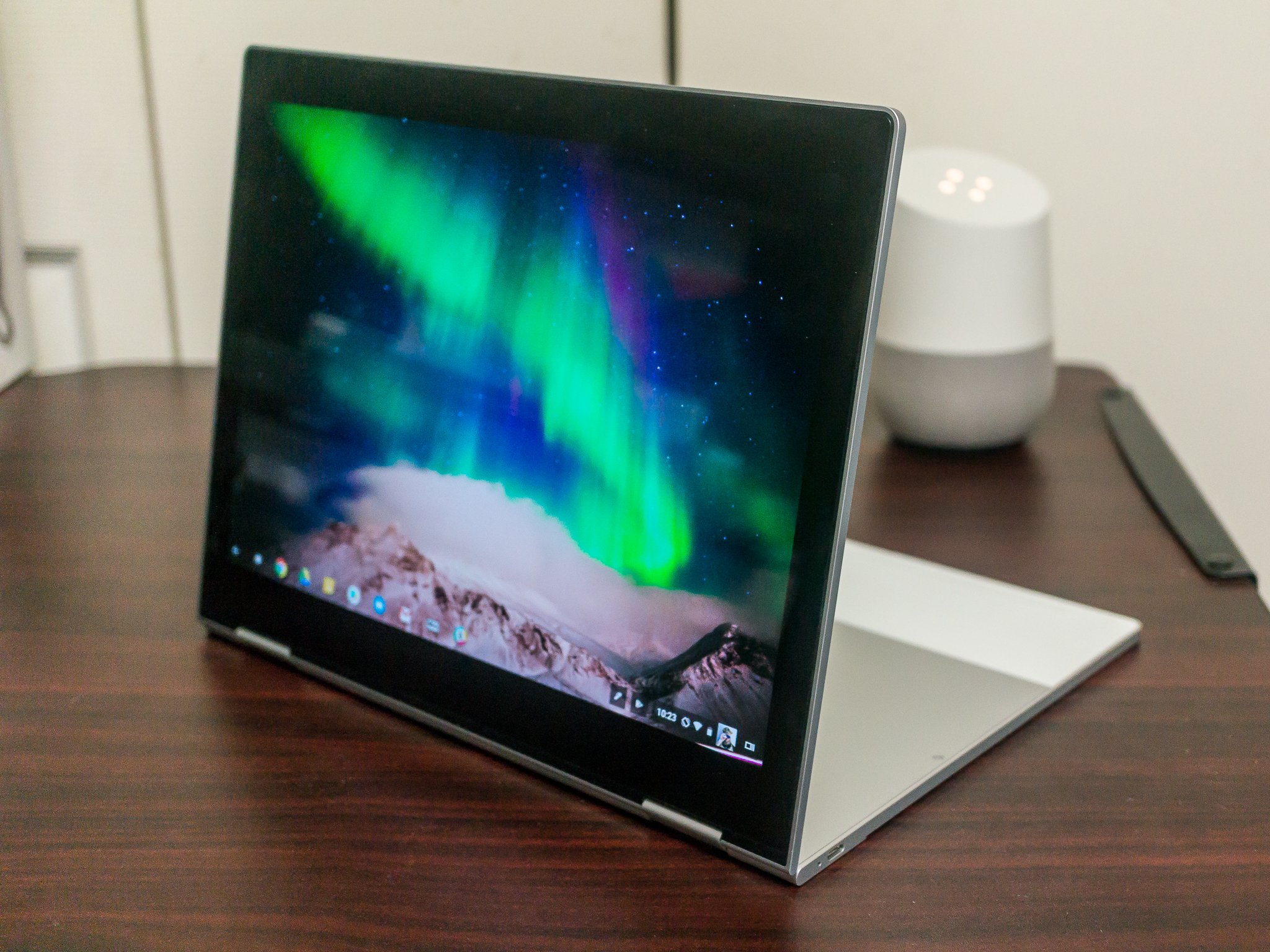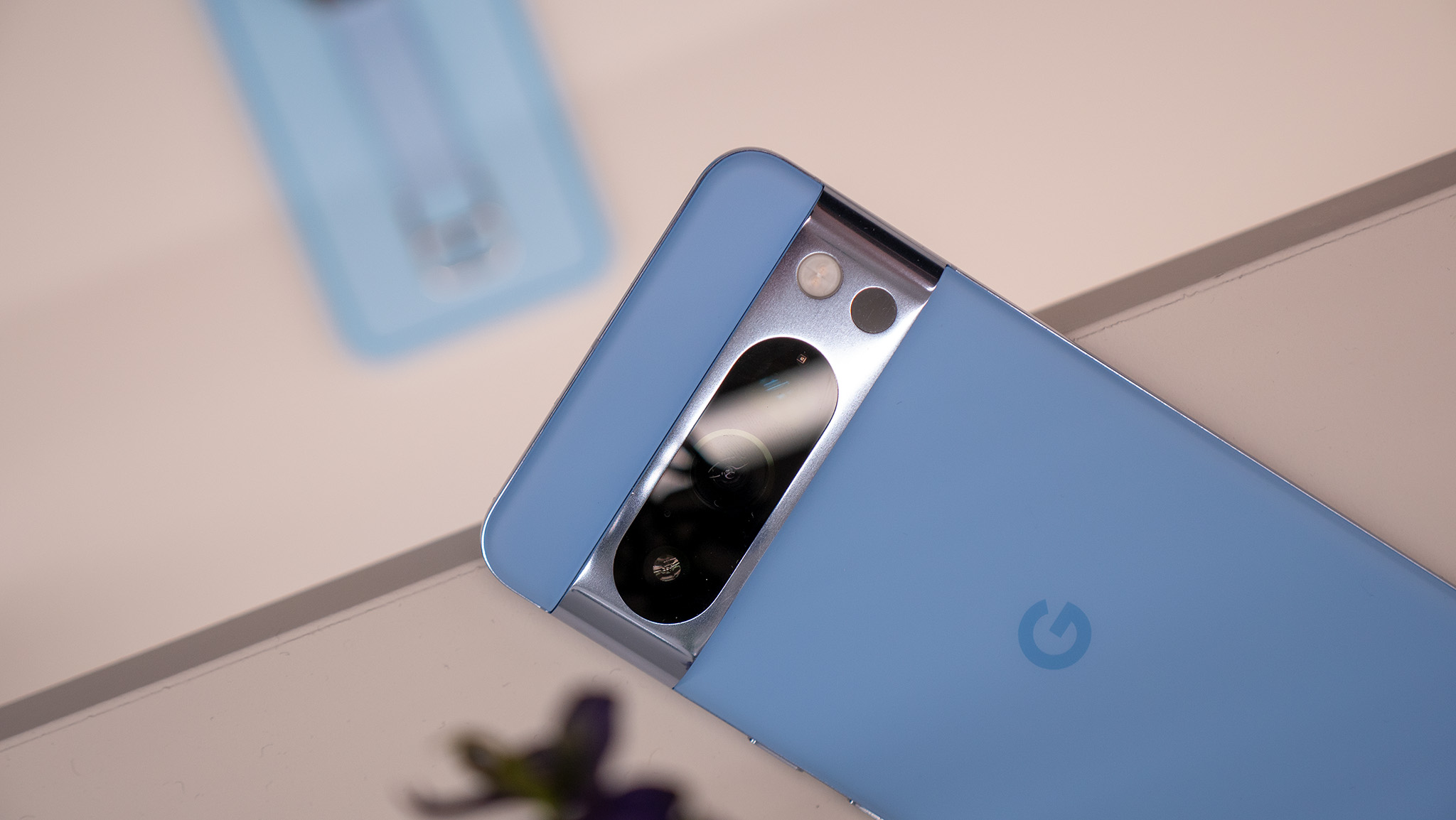Here's why 2017 was a great year for Chromebooks

It's the time of year to look back and reflect on all that's happened in the past 12 months. You'll see that sort of thing here and most everywhere for the next week or so, which is great because there was a lot to talk about. It's great to hear what people think about the products we love (or want to love) so we don't get mired down by our own thoughts alone.
For me, Chrome has been the big thing from Google this year. The new Pixel 2 and its camera are great, updates for Google Photos are awesome, and Oreo is polishing Android very nicely. But Chrome has all that and more, and most of what's really great about using it on a Chromebook happened in 2017.
Oreo has some great stuff for Chromebooks, too!
I'm talking about the way Android has been folded into the OS, of course. We've seen and heard about Android apps and Google Play on Chromebooks for a while now, but things kind of stalled at the end of 2016 and early this year. I'm a big fan of Chromebooks, and even I was getting to the point where the lack of, well, anything on the Android for Chrome front had me worried that the project was just dead like another Google Reader. The Chromebooks that incorporated it worked well enough but getting it on models slated for Google Play support had slowed to a crawl and it looked like not much was being done to make things any better.
More: These are the Chromebooks that can run Android apps
Google and its partners jumped in and sent a slew of Chromebooks to the table where Android apps were served in the middle of the year and we saw Oreo. Oreo has some great things when it comes to Chromebooks running Android apps, mainly the new split window views and support for extra-large displays and remote displays. These changes might not have much of an impact on our phones, but they are just what the doctor ordered when it comes to Chromebooks. Here's hoping we see it for Chrome soon.
Now developers need to get on board, and I'm hoping that happens. Google can jump start it all during 2018's I/O conference and get 5,000 or so devs excited like we saw when the first Chromebook Pixel was released. Android apps run well on Chromebook's engine but the presentation can be pretty bad. Apps were designed for a small screen and the same problems we saw (and still see) for tablets are present on Chromebooks — tiny apps on a big screen, stretched out apps with loads of empty space and a general mess when it comes to the user interface.
It's now easier than ever to support a big screen in an Android app, and tricks, like defining the size of the window and what display to show it on at launch, can be pretty awesome if done right I think. Not to mention a decent and dependable side-by-side view for apps on a 13-inch display. This is something Microsoft figured out years ago, Apple has done it wonderfully, and Chromebooks were a mess. It all needs to change and tools to present an app in a way that looks good and makes it easier to use were long overdue.
Get the latest news from Android Central, your trusted companion in the world of Android
Those tools are here now, at least the beginnings of them. I expect we'll see more treats for developers in 2018 from Google, and a lot of them will be for Android apps on Chromebooks. The Pixelbook was clearly made to be a tablet and not have a tablet mode as an afterthought, so Google wants this.
I want it, too. Here's hoping it happens!

Jerry is an amateur woodworker and struggling shade tree mechanic. There's nothing he can't take apart, but many things he can't reassemble. You'll find him writing and speaking his loud opinion on Android Central and occasionally on Threads.
